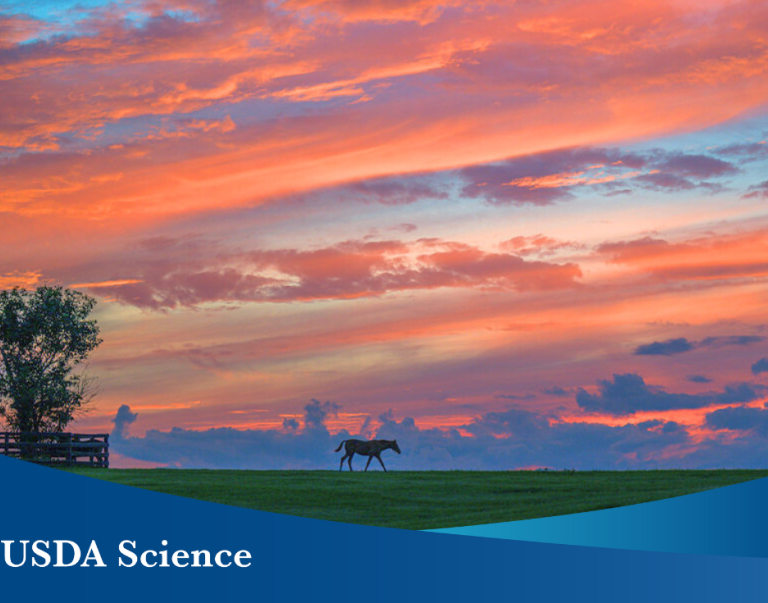Like in many communities, tree care in Casper, Wyo. was largely reactive and just one of many duties performed by the Public Services Department staff. Year after year of seeing trees removed without a plan for replacement worried the city staff members who performed tree work. No one, however, had any basis for articulating an argument that Casper’s prized legacy—their tree canopy—was poised for imminent decline. The last large scale tree planting initiative in Casper was at the end of World War II and their urban forest, full of Siberian elms, was not aging gracefully. For a few staff members, finding a way to make a compelling argument to care for community trees that was cost effective, accessible and credible became their personal charge.
“After considering our options, we felt that i-Tree would not only give us a comprehensive picture of our urban forest, but also tell us what it was doing for the community,” recalls Jim Gerhart, a member of the staff. “We needed to make a case for funding an urban forestry program and a person to run that program…we wanted to have information that would help that person hit the ground running!”
Gerhart attended an i-Tree workshop in 2006, and used his new know-how to train staff and volunteers to begin studying the value and benefits of Casper’s trees. In all, 243 tenth-acre plots located throughout the city were inventoried in this highly visible effort.
The Casper Urban Forest Effects report provided a scientifically credible snapshot of Casper’s entire urban forest: street trees, park trees, and those on private lands. The results not only confirmed the vulnerability of an aging and homogenous urban forest, but also put economic values on the city’s “green” capital and the benefits it provides. Using the data, city staff were able to illustrate, with certainty, that Casper’s trees were not only a valuable asset, but a fragile one too.
More startling than the hundreds of thousands of dollars in energy and air quality benefits the forest produces yearly, is the investment the city found it would need to replace this component of the infrastructure if all was lost: $243 million dollars!
After seeing the i-Tree results, the city committed $450,000 to launch and administer a pilot urban forestry program over three years, and they hired the first City Forester of Casper, William Scott.
“Every day we use the baseline i-Tree data to determine what trees we plant and where the priorities are,” said Scott. “It really has enabled us to not only diversify the city’s tree resource, but the emerging resource that cares for the trees: the newly founded Urban Forestry Section. Our i-Tree project has allowed us to build external and internal relationships with other departments such as engineering, planning and community development that didn’t exist two years ago.”
i-Tree was developed in partnership between the Forest Service, the Davey Tree Expert Company, the National Arbor Day Foundation, the Society of Municipal Arborists, the International Society of Arboriculture and Casey Trees.
Casper, WY Quick Facts:
___
Structural Value
Number of trees - 123,000
Compensatory value of trees - $243 million
Carbon storage - $689,000
Tree cover - 8.9%
___
Annual Functional Values
Carbon sequestration $22,000
Pollution removal $249,000
Energy savings $26,700
___
Siberian elms are:
33% of all city trees
70% of street & park trees alone


